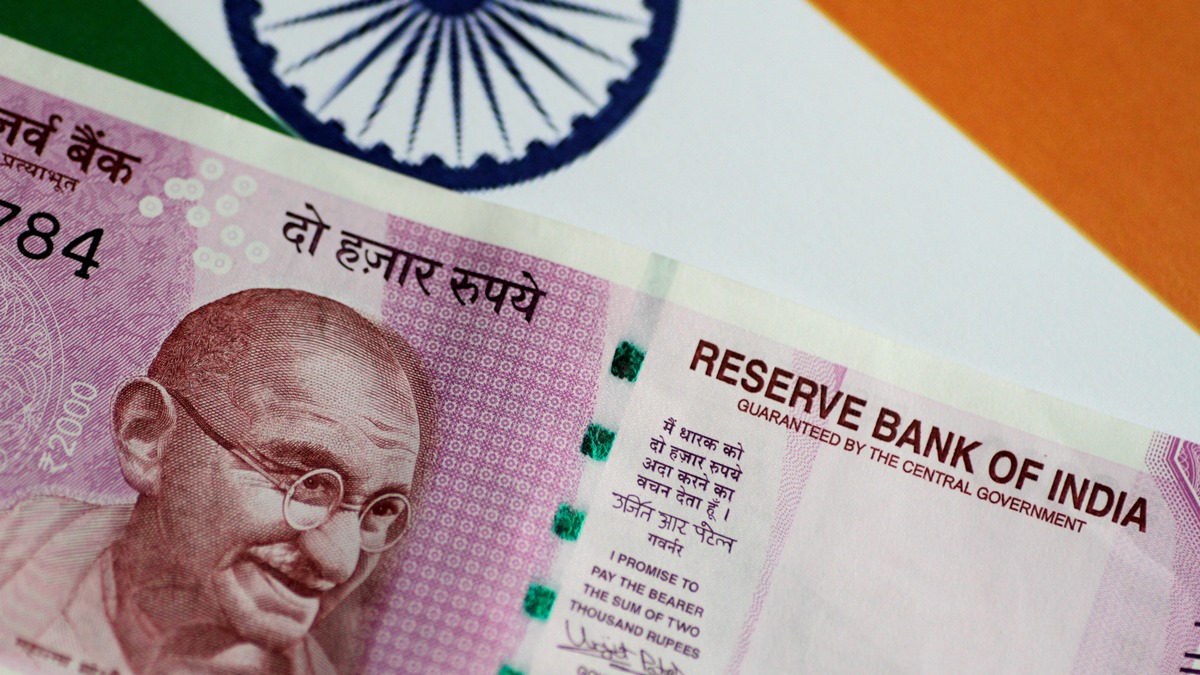A strong pick-up in private investment is yet to materialise, and the desirable overall investment rate of 35% is still “some distance away”, says TT Ram Mohan, member, Prime Minister’s Economic Advisory Council. In an interview with Priyansh Verma, Mohan says that India’s economy in FY25 will grow at a slower rate than the projected 7% in the current fiscal. “It may be appealing to talk of taking our growth rate to 8% but such talk will not take us anywhere,” he notes. On RBI’s monetary policy, Mohan says that India is not in a position to sacrifice growth in order to reach the 4% inflation target in the short-term.
How has the economy performed in the current year?
It has done better than expectations. Most people had expected GDP growth (in FY24) in the range of 6-6.5%. It appears we will end up closer to 7%. That is a commendable achievement in a difficult global environment. At the same time, we must note that some of the growth- as in manufacturing and mining- is on a low base. Contact-intensive services are continuing the strong revival post the pandemic. Overall, jubilation over the Indian economy’s growth rates in the past three years must be tempered by the realisation that these are based on the decline in GDP in the pandemic year of FY21.
In the Indian economy itself, we must note that investment has been driven significantly by government capital expenditure. A strong pick-up in private investment is yet to materialise. The desirable total investment rate of 35% of GDP is still some distance away. The Chief Economic Advisor has said that a growth rate of 6.5% in the coming decade is a realistic target. That is a fair assessment. We must be careful not to fall into the trap of believing that there is some special set of reforms that will magically boost GDP growth. Economic policy must factor in many elements- macroeconomic stability and financial stability for sure, but also political stability or feasibility and considerations of national sovereignty and preserving our freedom of action. It may be appealing to talk of taking our growth rate to 8% but such talk will not take us anywhere.
IMF has pointed India’s debt to GDP ratio may surpass 100% by FY28 in a worst case scenario. How serious is this issue?
Well, you can always create scenarios of extreme stress under which the debt to GDP ratio crosses 100 %. The fact of the matter, however, is that, over a long period and despite the major shock of Covid, India’s debt to GDP ratio has trended downwards. The crucial factor determining the debt to GDP trajectory is the differential between the growth rate and the interest rate. That differential has tended to remain favourable over long periods. Pessimism about India’s public debt is thus overdone. And one is not even getting into issues such as the composition of public debt and the low proportion of external debt.
What is your assessment of RBI’s handling of monetary policy?
The RBI has been remarkably astute in its conduct of monetary policy. It has done a very good job of balancing growth and inflation considerations. In deciding interest rates, we have to take into account the trends abroad and especially in the US. Too large a differential with respect to the Fed rate will lead to volatility in the movements of portfolio flows and hence in the exchange rate of the rupee with respect to the dollar. The RBI’s stance has taken that into account. The RBI has of late talked of moving inflation to 4 %. That has always been the long-term target. Whether the RBI should focus on 4 % in the short-term can be debated. I do not believe that we are in a position to sacrifice growth in order to reach that target in the near term.
Are their structural reforms that the government needs to bring in to achieve $5 trillion GDP by 2027?
You have to tell me what structural reforms you have in mind. There is incessant talk of the “unfinished agenda” of reforms- amendments to labour laws, simplifying land acquisition, reform of farm laws and “big bang” privatisation. There must be an acceptance of the limits that our political and economic system imposes on the pursuit of such measures. Once there is clarity that the realistic long-term growth rate is 6. 5 % or so, many things fall into place.
What should be the major focus points in the upcoming Budget?
What is coming up is an Interim Budget. The finance minister has been quoted as saying that one should not expect anything ‘spectacular’ in it. That is adequate guidance.
The views are of the author alone and do not reflect that of the PM-EAC

